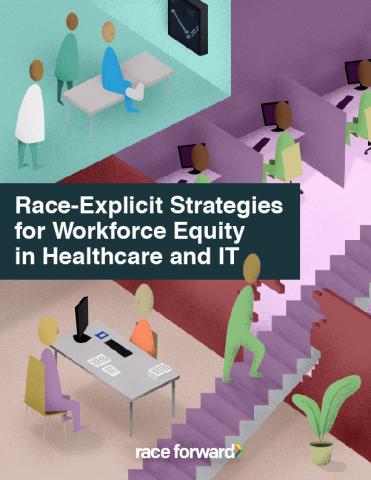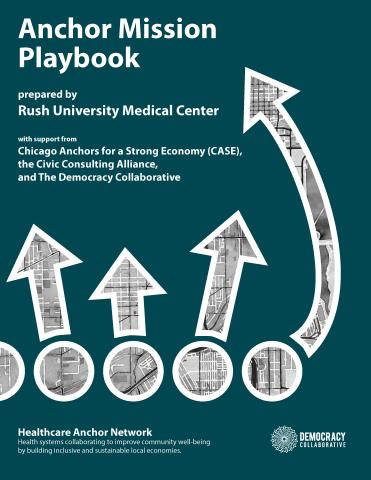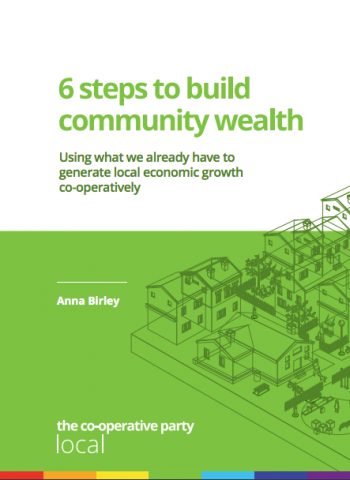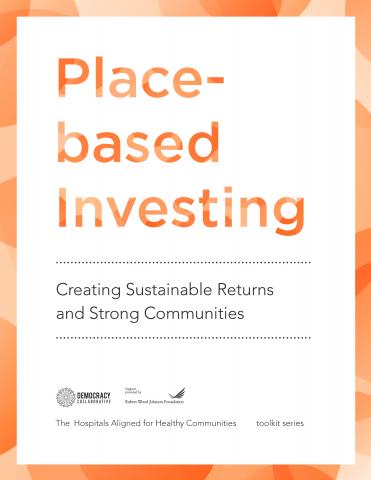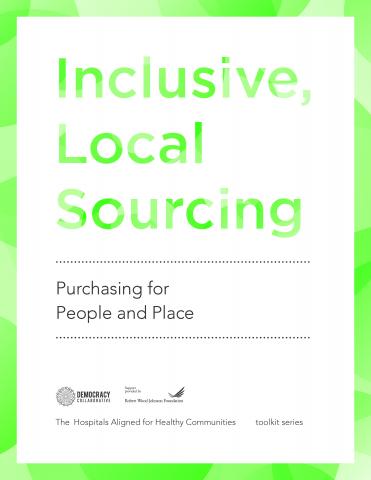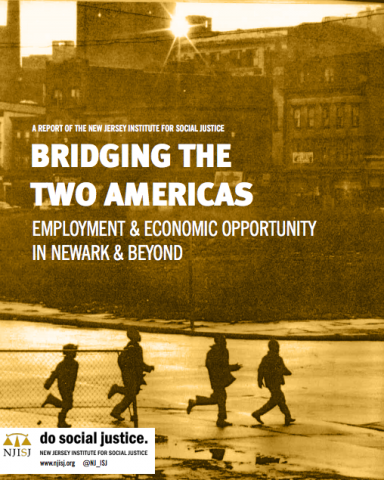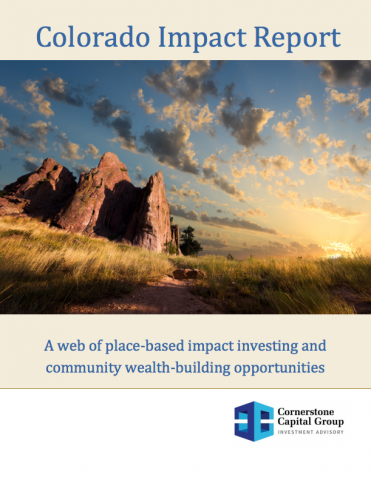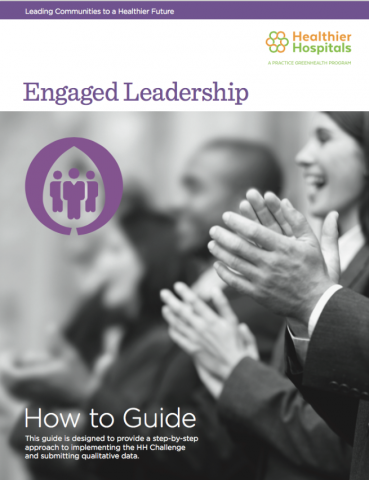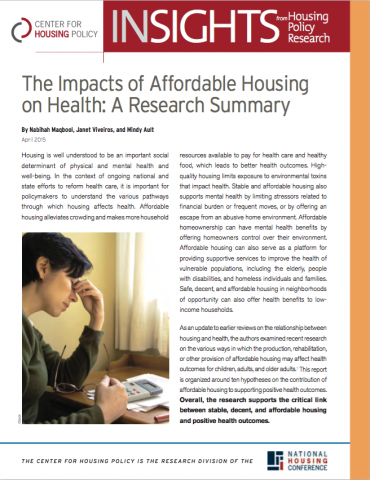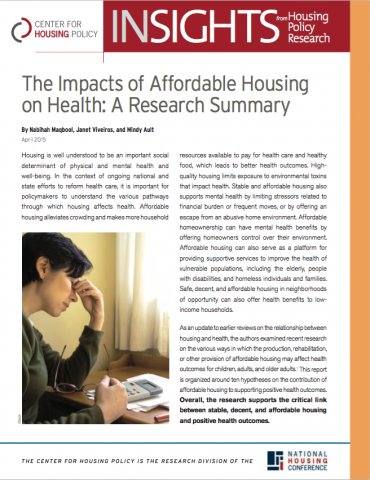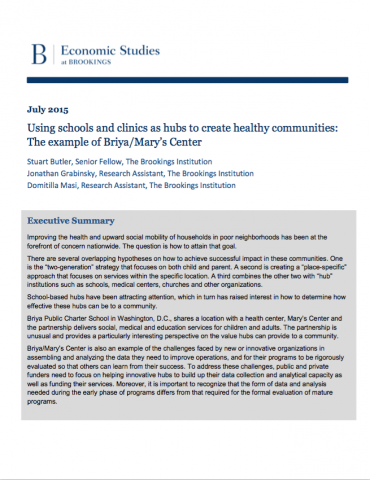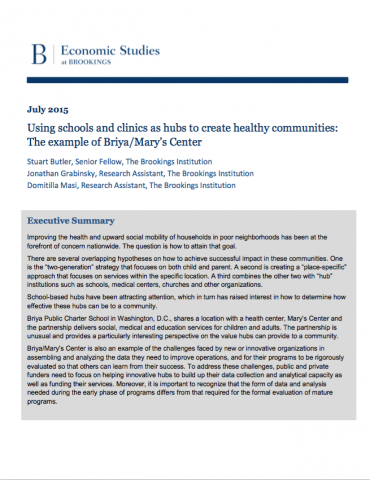This new report from Race Forward focuses on the need to develop race-explicit strategies to advance equity in the fields of healthcare and information technology. While these sectors are growing quickly, many career pathways remain inaccessible to people of color in low-income communities due to patterns of discrimination and disinvestment. The report provides recommendations for workforce development practitioners to advance racial equity, both at the organizational level and across the field.
